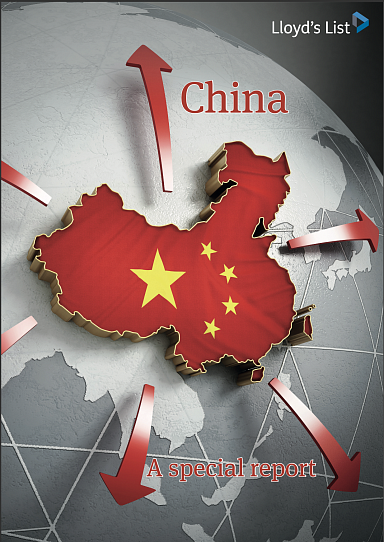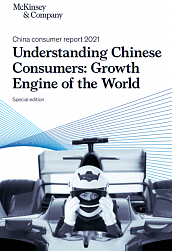The fortunes of economic powerhouse China have a significant bearing on global shipping markets. The nation has weathered the coronavirus storm better than most and is the leading force behind the recovery of world trade. The immediate focus now turns to defending its position as the rising superpower, a course that will shape trade dynamics in the coming months and years ahead.
Leading the Covid recovery, China’s import and export trade growth has accelerated rapidly since the middle of last year. China’s ability to tackle the Covid crisis has led to robust GDP growth, rebounding faster than any of the other major world economies. The study forecasts GDP growth of 8.4%.
China also is the world’s largest crude, coal, iron ore and LNG importer. China is the largest shipowning nation, with 11,007 ships and the largest shipbuilder with 36.3% global market share. State-owned Cosco has a fleet size comprising 1,371 vessels and is the world’s largest tanker and dry bulk owner, as well as the third-largest containership owner.
7 of the top 10 container ports, including the largest Shanghai, are comprised of Chinese facilities and +60% of throughput handled by the world’s top 100 box ports is represented by Chinese ports.
That is why this country is becoming an important object of research in the context of trade and transport logistics processes.
The full version of the report is available here.
Thanks!
We will contact you.





